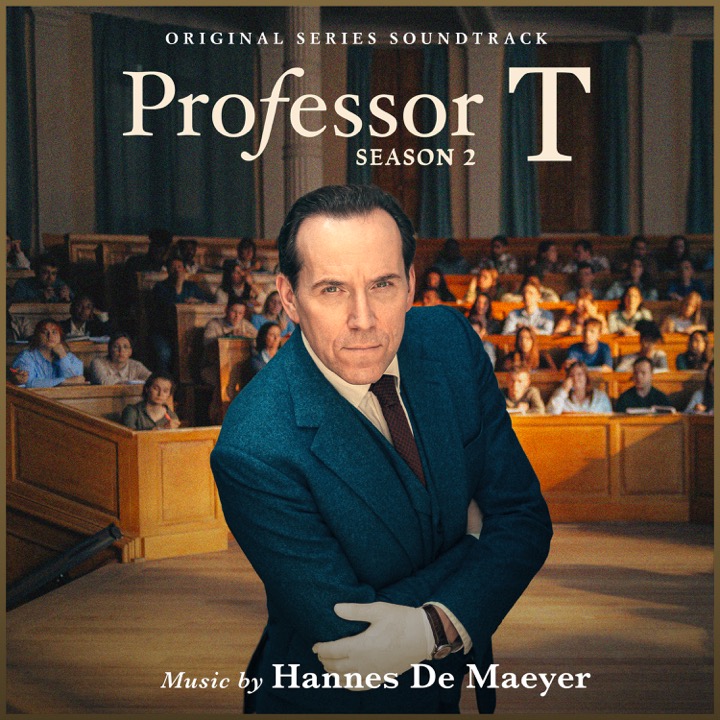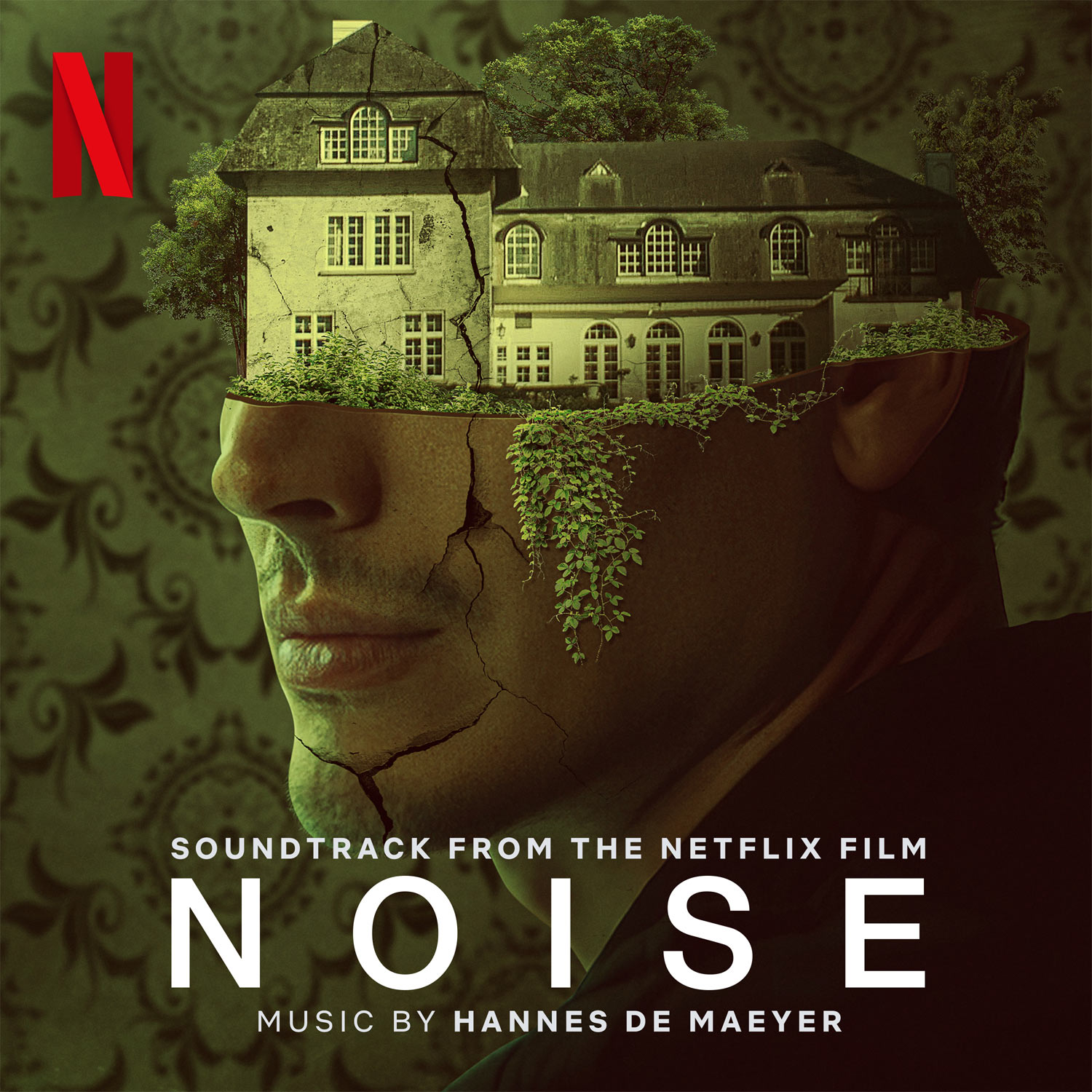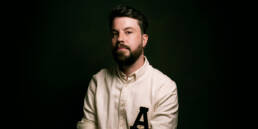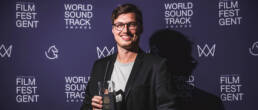
Belgian composer Hannes De Maeyer discusses his newest projects, the soundtracks to psychological thriller Noise and season 2 of crime procedural Professor T, how he kept himself busy during the pandemic, as well as his upcoming projects.
It’s been almost three years since we had our last chat. It looks like you’ve been very busy. What’s new?
On the personal side, my daughter was born at the beginning of 2020. Three months after she was born, the lockdown was announced. So, for us, it was kind of like a present. We could spend so much time together with our little new family. We were kept in our bubble as everybody but we had a newborn so it was pretty special and precious.
Of course, professionally, the whole world was like, ‘What’s happening?’. Everything stopped for a minute, but I was lucky enough. I think in May I started working on an animation series called Ninja Express. The animators could just continue animating at home on their computers so that the project was not delayed. In the UK it’s on [CBBC]. That was a really nice project. Lots of work, obviously, it’s like 53 episodes of 10 minutes. Every week we had to deliver one. I think it took like a year and a half.
I also worked on the sequel of Immenhof [Immenhof – Das Abenteuer eines Sommers].
And also, on Rebel by Adil [El Arbi] and Bilall [Fallah]. Which is a big project. It’s pretty ambitious. It also needed songs to be composed before the shoot so it’s like a kind of a musical, but not really a musical. It has songs but it’s mostly rap or Arabic flavours. I worked together on the rap lyrics with the main actor, Aboubakr Bensaihi. For the more lyrical songs, I also worked together with Oum, who is a famous singer from Morocco who lives in France. And that was amazing. Her voice is so nice. And the way she approaches songs, the lyrics, it’s so poetic. I composed the songs for that movie and then they went on to do the shooting. And then after the movie was finished in the editing room I also had to make, of course, the other score. It’s also with choreography and stuff so it’s an amazing project.
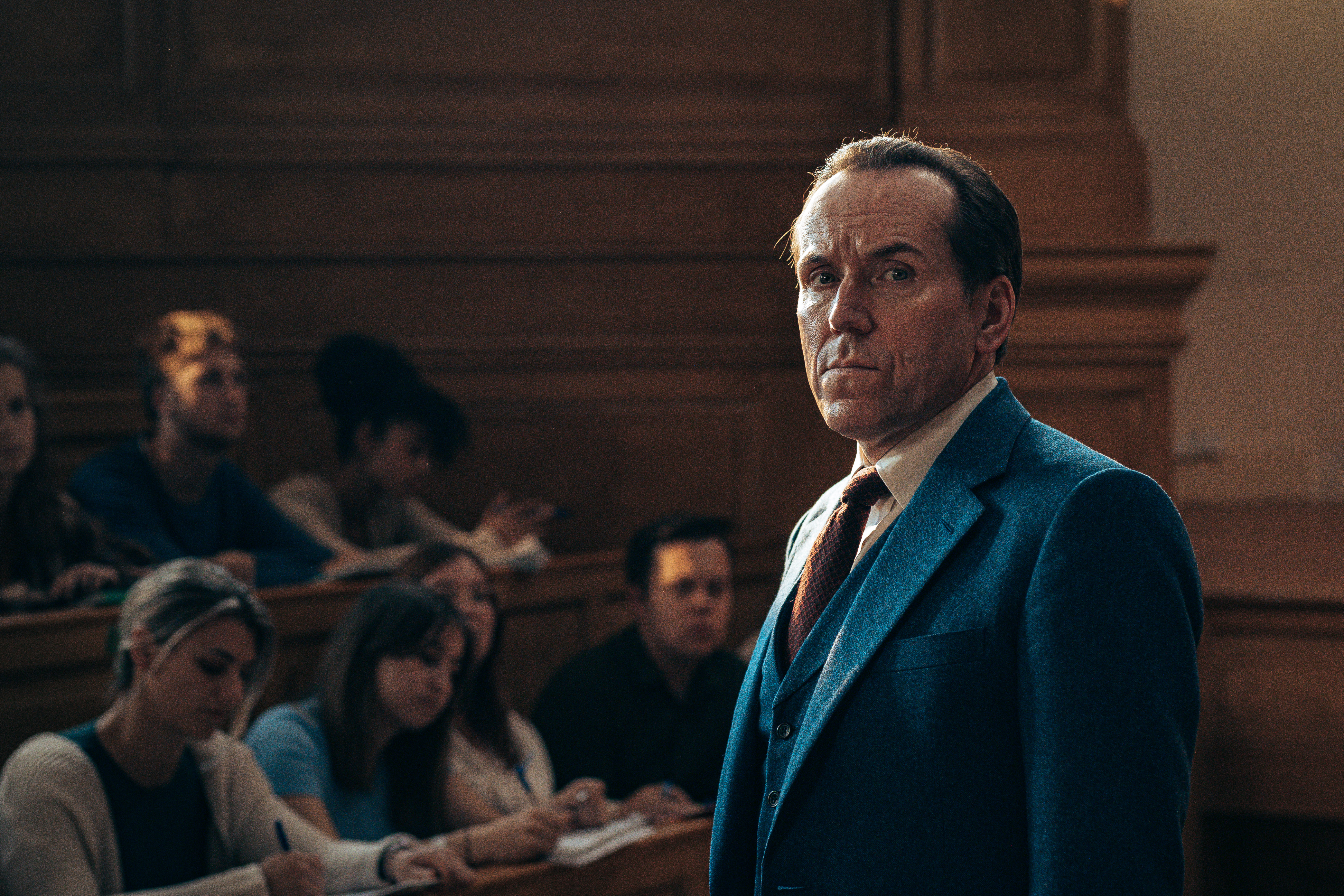 STILL FROM PROFESSOR T
STILL FROM PROFESSOR T
And then, Professor T, which is also pretty exciting because I worked on the Belgian version – I think sevenish years ago. It was really nice to revisit that world. But on the other hand, I couldn’t use the music I did for the first one, obviously. It’s a different director; a different actor; it’s in English; it’s not in Belgium, but in Cambridge. So, it had a little bit of a different vibe; a little bit more cinematic, I guess.
To start on Professor T was sometimes, in the beginning, a little bit daunting because I knew the world of Professor T, the Belgian version, so well. So, it was like a puzzle to solve: ‘How can I approach using the same fabric but adding something new to the table?’. And pretty soon I was really inspired by the talks with the director, Dries Vos. But also, when I saw the images coming from the shoots, I could follow the scenes that they recorded that day. I made like 10 or 11 themes. I sent them to the director just to try. And I think almost all those ideas have become a theme in the show. So that was really cool that I was pretty fast on the right track with those themes.
Season 2 came out recently. Professor Tempest is working more closely with the police, and he is taking steps towards growing. And so, he reluctantly goes to see a therapist. As he grows, how does the music evolve in this season?
The music in the second season is a little bit more serious, there’s a little bit more tension. And also, it’s a little darker. I think in the first season, there were lighter themes or lighter moods – there are still some lighter scenes, but in general, the music grew up a little bit, so to speak. It became a little bit more serious. And it was nice to revisit a lot of the themes that I’d created for the first season and adapt them, evolve them, let them grow up together with the series.
The one thing I noticed is that in the first season, I used the theme of the Professor – the main theme – a lot of times during the soundtrack, and I remember now when I listen to the soundtrack [of season 2] that there was less room for that. I tried to implement the theme, but it didn’t work with the images, it was mostly too much – which is not a bad thing, I think. It’s just something that happened.
Even though the professor can be quite serious and stiff, on the other hand, we have these more comical images, where he starts hallucinating, or the scenes with his mom and her little dog Kafka. How did you manage to marry the two styles and come up with such a harmonious soundtrack?
I don’t know how, but it felt mostly natural like in every project in that the images are dictating what you need to make and because the series switches between those light comical moments and then in the next scene you see the murder scene. But I think what glues it together is the instrumentation and the style of music. It has that retro feel but also those jazz elements in there and then the strings and the woodwinds which you can use in both atmospheres, in both moods.
And it works really well with the Italian songs selected for the movie.
Definitely. That has nothing to do with me, obviously, but indeed with those Italian songs, you also have that fabric of that retro-jazzy feel. I love those songs. It’s a nice era. I wasn’t born then but my love for that kind of music I think comes through the music.
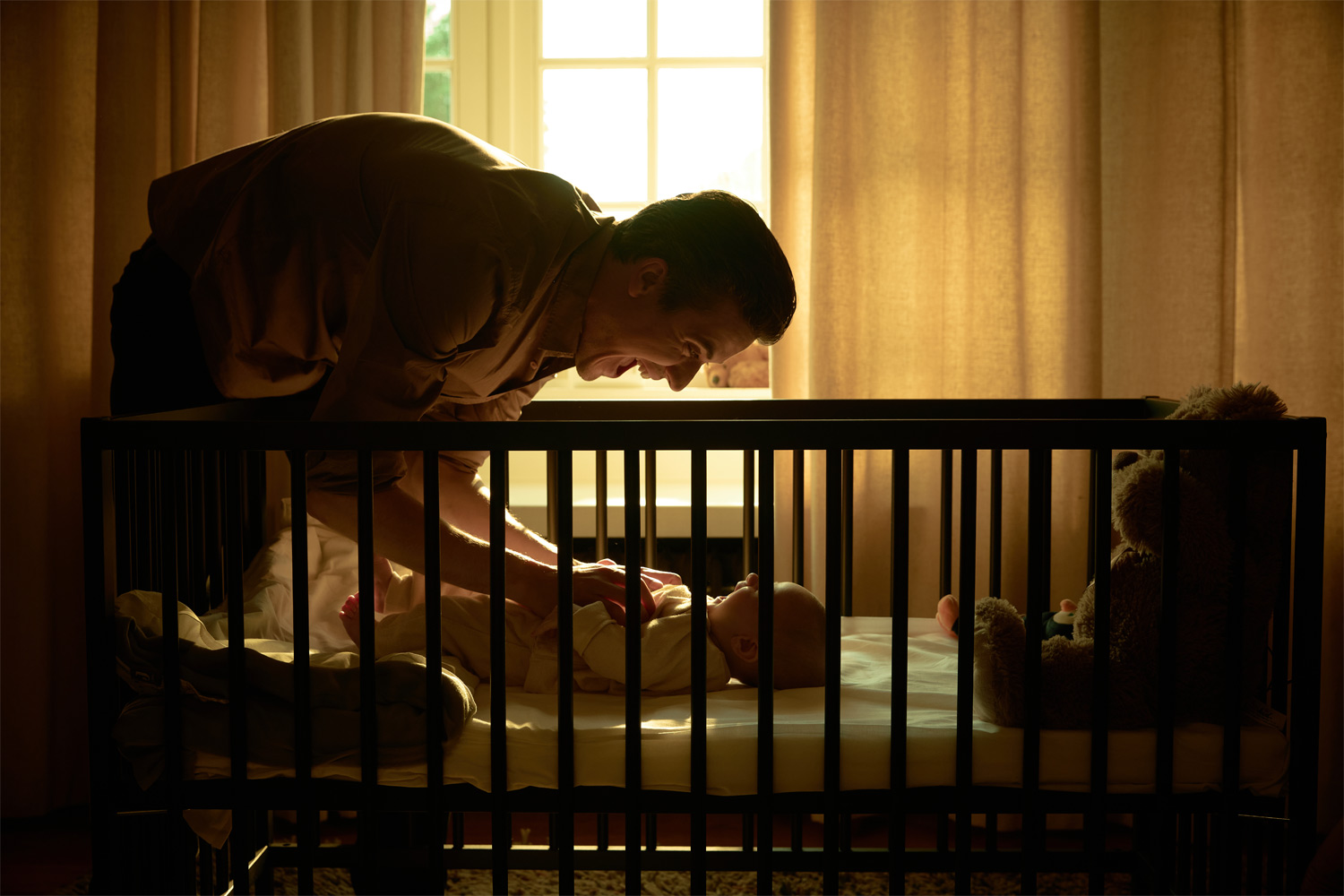 STILL FROM NOISE
STILL FROM NOISE
Another project of yours which was released recently on Netflix, is the psychological thriller Noise. You have a bit in common with the main character, Matthias. He’s also a new dad.
Exactly. It was funny because when I started working on the movie, my daughter was, I think, not even two months old. So, sometimes it felt like Inception because I was working on a scene where there were baby cries and then I also heard them in another place, farther away. And then I was like, ‘Is it in the movie or not?’ [laughing] Then I placed pause, and, ‘Oh, no. it’s the real one.’. It was immersive. So yeah, I felt indeed a lot of connection with him and a lot of times in the movie, I thought, ‘Yeah, I get you.’. Luckily for me, I didn’t lose my mind. [laughing] Or not up to the point that Mattias did. But yeah, that was a special thing to experience that me and Matthias were in the same phase in our lives so that was funny.
Was there a brief or did you have more freedom to play around?
There was quite some freedom involved. The director [Steffen Geypens] had some temps in the movie and we talked a little bit about the music, but it was more like, ‘You have to try to find the right music for the project.’. But you only see it when you put it under the images, and [either] it works or not.
It was a difficult one to start because finding the right tone and the right moods was in the beginning pretty hard. It needed to be subtle but not too subtle. Hints of the horror, but not too much. It was maybe also because of the sleep I didn’t have at the time so that didn’t help as well. But when we found the right direction, we were on the train and then it went better and better and easier like that.
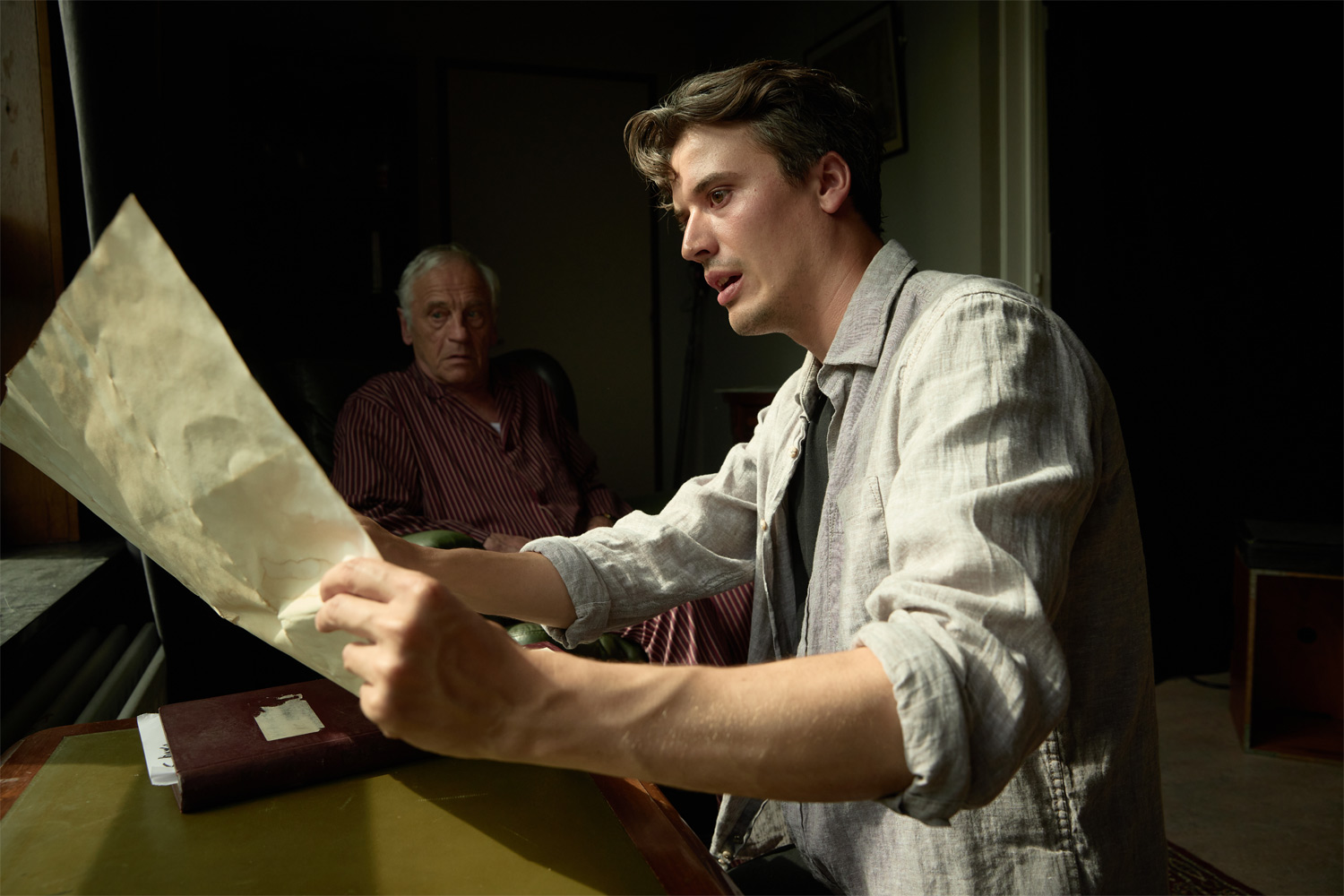 STILL FROM NOISE
STILL FROM NOISE
Did you start working directly after seeing the picture or did you start with the script?
For this project, it was after I saw the locked cut or one or two of the latest versions of the edit. It was not based on the scripts. Obviously, I did read the script, but I didn’t start before I saw the images. So, I read a script and I visited the set just to get the atmosphere.
I can hear some extended techniques in the soundtrack. Can you tell me more about that?
One of the things that I thought was fitting for the movie was to have a pretty small section so you could hear the separate musicians. So, we only had a group of 12 string players. And also, an idea for what I wanted to use is indeed extended techniques because we didn’t want a sound that was too clean and too polished. So, I worked a lot with quarter-tone bands or different bands where you have an uneasy tone. But also, a lot of cluster things [that create] tension, where some players do tremolo, others do thrills and then you combine those in a nice-sounding cluster chord. I also asked the soloists to play a little bit sul tasto and sometimes sul ponticello. The idea was to not have the perfect sound.
And that helps the mystery of the movie and the music.
And also, because of those techniques, it was the first time that I conducted the orchestra which was pretty nerve-wracking. In the beginning, I felt not really comfortable because I hadn’t been doing it, but pretty soon I became comfortable enough and I wanted to be there because of all those techniques so that I could explain to the musicians [what to do]. So, it was a really nice experience for me. I felt really connected with the musicians. Otherwise, you’re in the booth. It’s something different to be in front of the musicians directly.
While working on Noise, did you discover any interesting sounds or techniques that you’d like to reuse in the future?
Yeah, I think all of them. Definitely the mysterious ones like the sul ponticello but also the quarter tone bands or the halftone bands. It’s really effective.
Also, I’ve used an instrument called a halldorophone. I was aware of the instruments because Hildur [Guðnadóttir] used it for Joker and Chernobyl, but I didn’t pay attention to it enough. I think I just love those soundtracks. But then when I started working on Noise, there was a guy who emailed me [and said], ‘I play the halldorophone. These are some examples. If you ever need something like this you can always contact me.’ and I was like, ‘Oh my God, this is perfect for this movie!’. So that’s also something I really want to use more in the future because it has so much character, it’s something you haven’t heard before – well, you have, but it’s not like it’s a clarinet or something – so it has a lot of atmosphere.
Is it versatile as an instrument?
Yeah, it’s versatile but it’s also really difficult because every take is different. You cannot recreate the same thing because it uses overtones and feedback. Which is interesting, but you better record it, otherwise… But yeah, you can do so much with it. But you need two persons to control it. The two musicians, Konstantinos Chinis and Ilias Pantelias, they live in Greece. I haven’t met them, so they recorded it at home, and we went back and forth. I didn’t have the pleasure to witness it in person, so hopefully, in the future, I will.
There are a couple of moments in the film where the cues are quite different in style from one another but the way they transition from one to the other into the next scene is seamless; the music travels with the story and the characters uninterrupted. How did you manage to create such a smooth transition?
Good question. We were always aware to make the music subtle enough. That was the key thing that the director wanted, to not make it too obvious. It’s mostly there in the background and gives a flavour to the scenes. I guess that’s maybe one of the tricks.
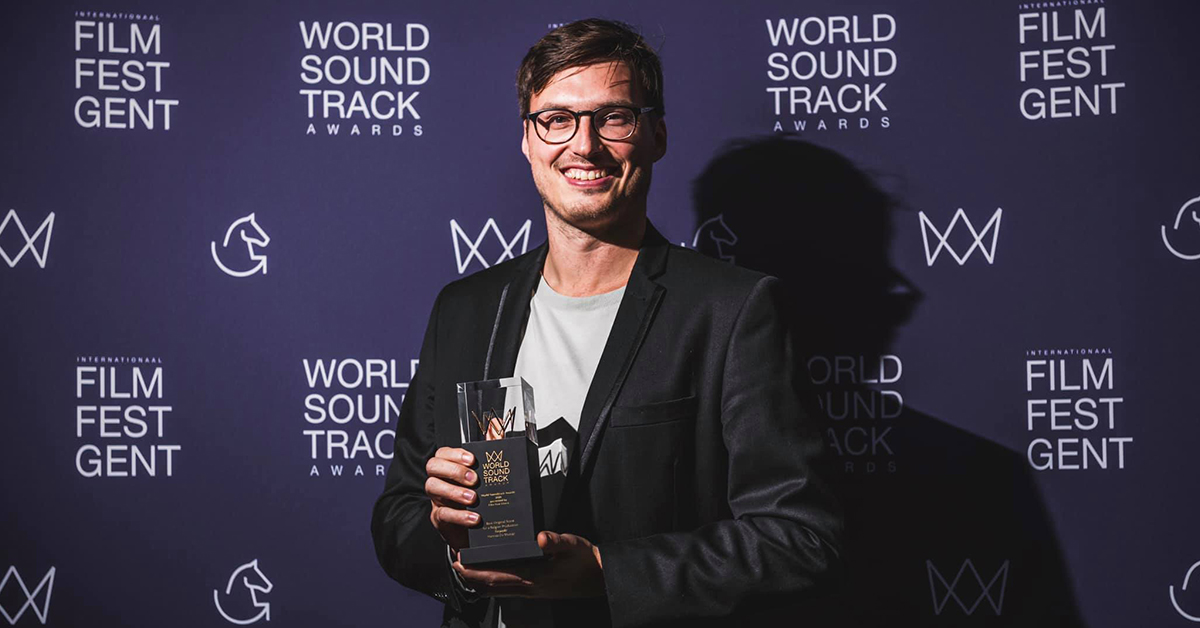 HANNES DE MAEYER AT WSA 2020. ©JEROEN WILLEMS
HANNES DE MAEYER AT WSA 2020. ©JEROEN WILLEMS
How was your collaboration with the director? Did you learn anything new while working with him?
It was a really nice collaboration. The funny thing is I already knew him for a lot of years and lately he did a lot of post-production supervision on a lot of the projects I did. So, I hadn’t worked with him as a director so it was nice to work with that hat.
I hadn’t done that sort of movie before, so it was really interesting to hear him teach me a bit about the genre and the music that he wanted. That was something I will take with me for the future.
Do you have any interesting projects coming up?
Yeah, definitely. It’s going to be a really fun year this year. Right now, I’m starting on a Dutch series. It’s called The Jewish Council and it’s a World War II movie about the Jewish Council in Amsterdam. It’s like a council that was created. The Germans wanted to collaborate with them, so they did that to prevent the worst from happening, but in the end, they have to choose in the Jewish community who is disposable and who is not. It’s a pretty strong theme. It’s a lot of emotions. And the crazy thing is that it really happened. That’s going to be a really interesting project. Also, music-wise, I think you can add a lot to that. It’s like five episodes.
And then the third season of Professor T which I’m also looking forward to. I’m really happy that there’s a third season so that’s amazing.
And also, a really exciting project for Channel 4 and Starz in the UK, it’s called The Couple Next Door. It’s a thrillerish series starring Sam Heughan from Outlander and Eleanor [Tomlinson] from Poldark. I’m really excited for that one. It’s going to be lots of fun.
Stella Lungu
Stella is the Editor-in-Chief of The Cinematic Journal. She is also the Managing Director of Wolkh, a PR, Marketing and Branding agency specializing in Film, TV, Interactive Entertainment and Performing Arts.
An Interview with Anna Drubich
Anna Drubich is a Russian-born composer of both concert and film music, and has studied across…
A Conversation with Adam Janota Bzowski
Adam Janota Bzowski is a London-based composer and sound designer who has been working in film and…
Interview: Rebekka Karijord on the Process of Scoring Songs of Earth
Songs of Earth is Margreth Olin’s critically acclaimed nature documentary which is both an intimate…
Don't miss out
Cinematic stories delivered straight to your inbox.
Ridiculously Effective PR & Marketing
Wolkh is a full-service creative agency specialising in PR, Marketing and Branding for Film, TV, Interactive Entertainment and Performing Arts.
